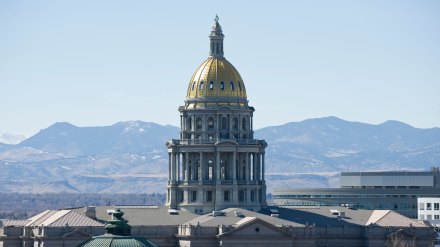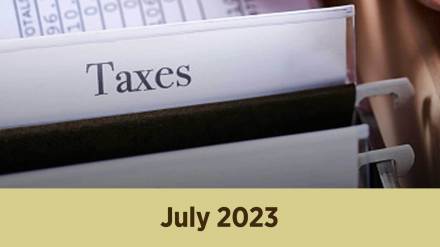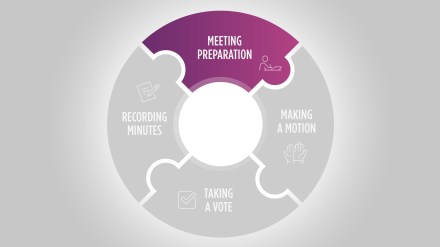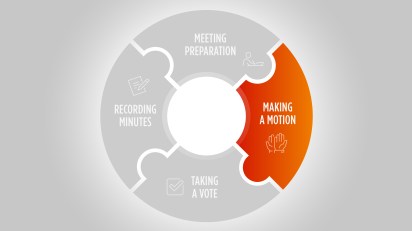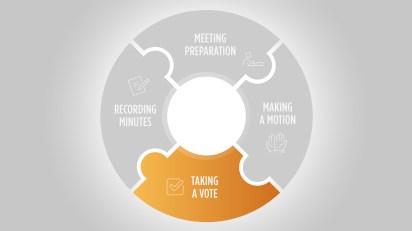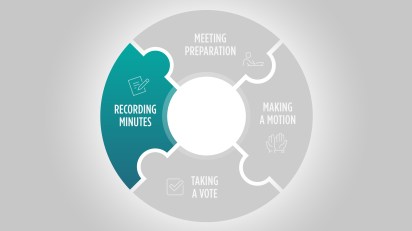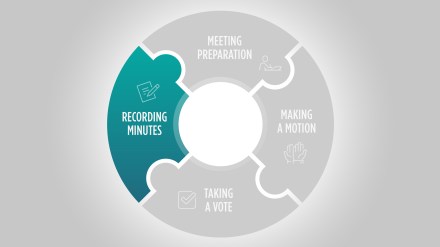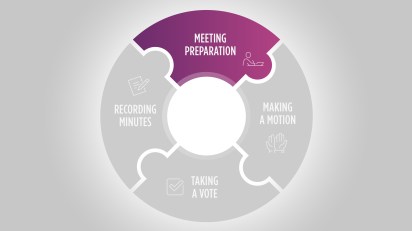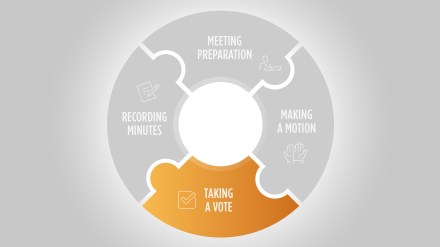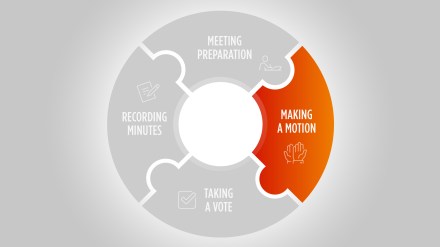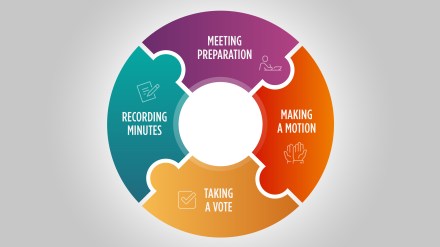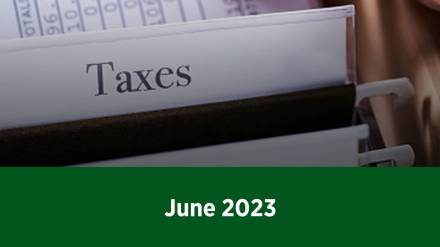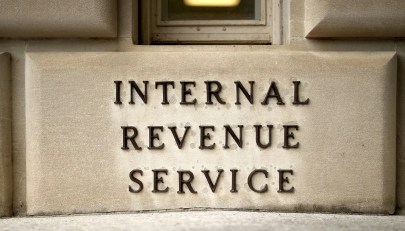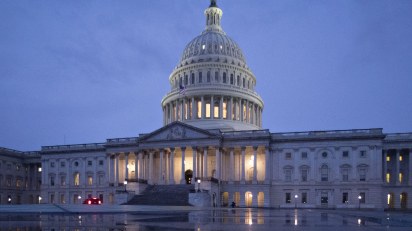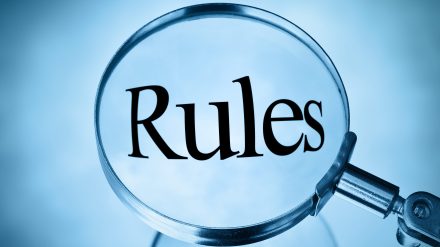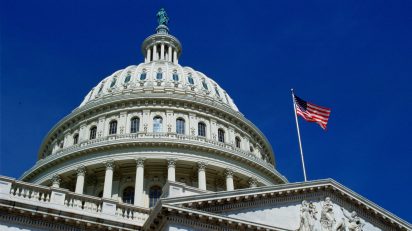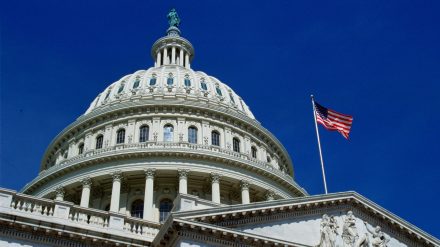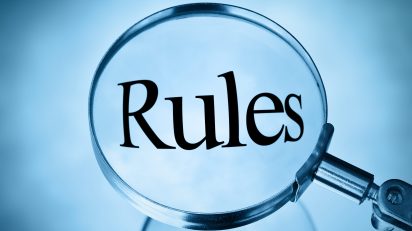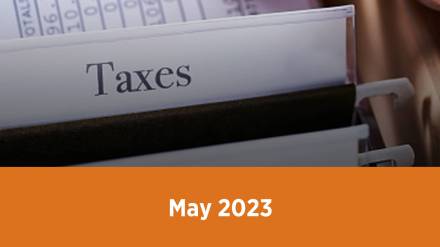In June of 2023, the Colorado Supreme Court ruled that a portion of the state’s Child Sexual Abuse Accountability Act (“CSAAA” or “the Act”) violates the state’s constitution.
The court specifically struck down a portion of the law allowing certain lawsuits otherwise barred by the statute of limitations.
Prior to CSAAA’s passage, Colorado law only permitted claims for six years after they occurred or for the six years after a victim either turned 18 or discovered (often through counseling) that they had been abused.
Law expanded victims’ rights
Colorado lawmakers passed the CSAAA in July of 2021 for victims of sexual misconduct while participating in a youth-related activity or program. It took effect on January 1, 2022.
Victims can bring civil claims for damages against their abusers and the organizations that managed the activities or programs if the organizations knew or should have known about the risk of sexual misconduct.
CSAAA also established a three-year window for victims to bring forward claims that allegedly occurred between January 1, 1960, and January 1, 2022. The Act said claims could be made between January 1, 2022, and January 1, 2025, regardless of whether previously available causes of action were barred by a statute of limitations.

4-Part Series: Expanding Abuse Victims’ Rights and What It Means for Churches
Additionally, the law established other significant rights.
First, the Act said “(t)here is no limitation on the time to bring a claim for sexual misconduct that occurs on or after January 1, 2022.” Second, the law voids “purported pre-incident waivers” as a matter of public policy, meaning victims no longer can be asked by an alleged abuser or organization to waive their rights to bring civil actions. And third, the act waives immunity for any claims brought under it against government employees and government entities.
Victims can seek up to $387,000 against public entities and up to $1 million against private entities.
‘New right of relief’
Some lawmakers found that many civil claims brought by adults who were sexually abused as children are often dismissed due to the statute of limitations. The Colorado Attorney General estimated that most adult survivors don’t come forward on average until the age of 53, according to the Associated Press.
In drafting the law, lawmakers wanted the CSAAA to create “a new right for relief for any person sexually abused in Colorado while the person was participating in a youth-related activity or program as a child,” while not attempting to revise “any common law cause of action that is time-barred.”
The latter issue raised concerns during the lawmaking process.
Questionable constitutionality
Before CSAAA’s passage, a law professor told Senate Judiciary Committee members the bill was, in his opinion, unconstitutional, retrospective legislation.
“By creating a whole new cause of action,” the professor testified, the bill “imposed new obligations on past actions, which is literally what the Supreme Court has said is forbidden.”
CSAAA supporters pointed to the need for giving victims a remedy, despite questions about the law’s constitutionality.
Almost instantly challenged
Soon after CSAAA took effect, plaintiffs “A.S.” and her husband, “B.S.,” brought a claim against a former high school athletic coach and a school district. The plaintiffs alleged the coach sexually abused A.S. between 2001 and 2005, when A.S. was a minor.
Without CSAAA, the claim would have otherwise been time-barred by the statute of limitations.
A lower court ruled against the plaintiffs. The plaintiffs appealed to the Colorado Supreme Court.
Supreme Court expresses concerns about retrospective legislation
The Colorado Supreme Court ruled that the CSAAA violates article II, section 11 of the Colorado Constitution (the “retrospectivity clause”). This section prohibits the legislature from passing any law “retrospective in its operation.” CSAAA, the supreme court continued, “amounts to unconstitutional retrospective legislation as applied to the plaintiffs’ claims under the Act against the defendants [and] and accordingly, we affirm the district court’s order granting the defendants’ motions to dismiss.”
The Court observed:
We certainly understand the General Assembly’s desire to right the wrongs of past decades by permitting such victims to hold abusers and their enablers accountable. But the General Assembly may accomplish its ends only through constitutional means.
The retrospectivity clause of the Colorado Constitution prohibits retroactive legislation that creates a new obligation, imposes a new duty, or attaches a new disability with respect to past transactions or considerations. By creating a “new right for relief” that attaches liability for conduct predating the Act and for which any previously available cause of action would be time-barred, the CSAAA does just that. The CSAAA is therefore unconstitutional as applied to the plaintiffs’ claim in this case. Accordingly, the district court’s order granting the defendants’ motions to dismiss is affirmed.
The supreme court also noted that other portions of the law remain valid:
We do not hold that the CSAAA is unconstitutional in its entirety, or that all claims made under the CSAAA are precluded by the retrospectivity clause. Our holding does not affect claims brought under the CSAAA for which the previously applicable statute of limitations had not run as of January 1, 2022.
Extender laws have widespread support
In recent years, several states have passed laws eliminating or extending the statute of limitations for child abuse claims that were time-barred under prior law.
The purpose is clear and compelling—to provide a “second chance” to victims of childhood sexual abuse who, for whatever reason, were unable to bring a civil claim against their abuser prior to the expiration of the statute of limitations.
These laws have widespread public support.
But these same laws might put churches and denominations into an indefensible position.
In decades-old abuse claims, memories have faded, and personnel have changed. Often few if any staff or members are even aware of the alleged incident or the perpetrator. Moreover, church leaders don’t know if the church had liability insurance coverage at the time of the incident that may be implicated.
With this trend in state laws, this case demonstrates that, in some cases, the equities still may tip in favor of defendants.
This case also demonstrates the ways that states are more aggressively pursuing rights for victims. The Colorado Supreme Court emphasized the CSAAA was not struck down in its entirety. The law still includes language effectively attempting to eliminate time bars for alleged acts occurring after January 1, 2022. It also voids any waivers signed by victims that attempt to take away their rights to seek civil remedies.
Church leaders should understand state laws
Church leaders should be aware of any extension or amendment of the statute limitation for sexual abuse claims in their state. They also should note the increased efforts by legislatures to afford more rights to victims. This means the church may have to defend against cases that are many years and even decades in the past.
Church leaders should also recognize expanded rights to victims for acts perpetrated in the recent past and in the future.
Sound risk management, and permanent retention of all liability insurance policies, are imperative practices.
Aurora Public Schools v. A.S., (Colo. 2023).
